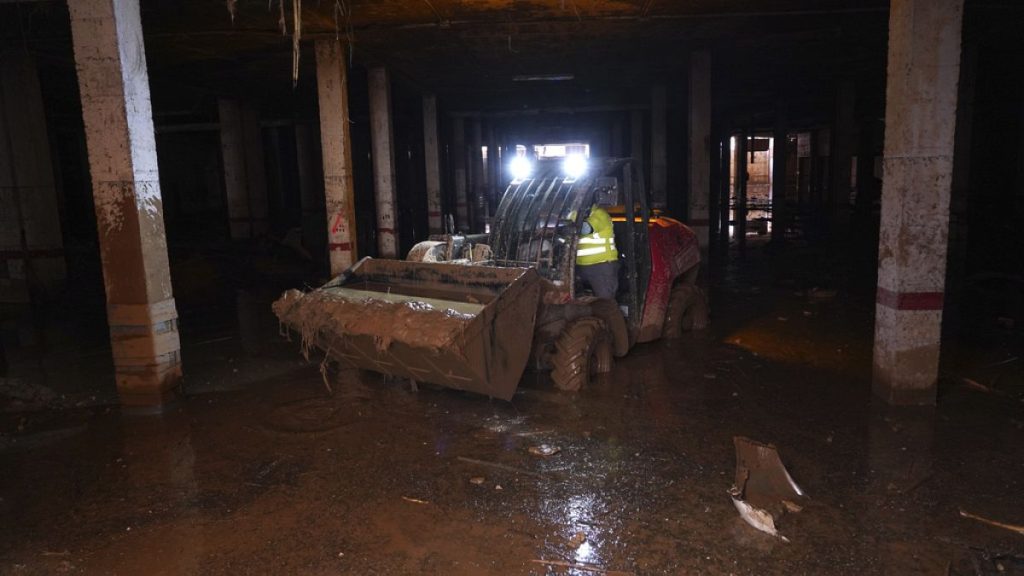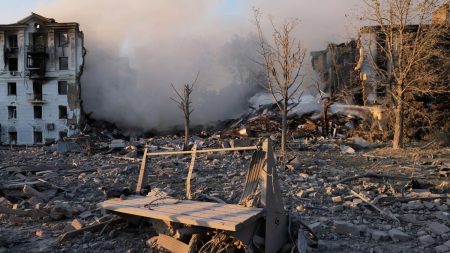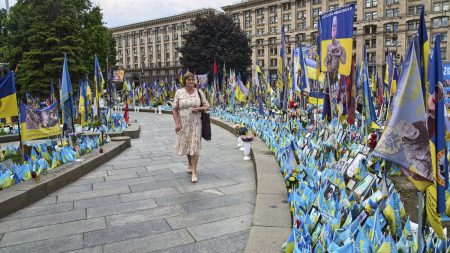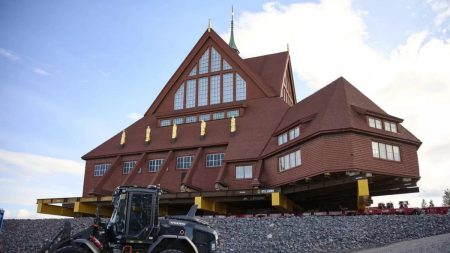Valencia has embarked on a challenging recovery journey following one of Spain’s most severe natural disasters, Storm Dana, which occurred just a month ago. The disaster left the Valencian community grappling with an array of destructive consequences, and while protective efforts such as road clearances are underway, remnants of the devastation are still visible. Streets remain coated with a layer of reddish dust, a testament to the immense flooding and chaos that ensued. Repair efforts are now focusing on restoring the sewage systems, as muddy blockages threaten to harden if not addressed promptly, complicating conditions further. Spanish media reports highlight the significance of ongoing work to prevent additional rainfall from exacerbating the situation.
The aftermath of the storm notably impacted the residential sector, particularly underground parking facilities, where vehicles remain trapped in mud. The hazardous situation has necessitated specialized teams equipped with skid-steer loaders and firefighters clad in protective gear to safely navigate these treacherous environments. In homes lacking functional of lifts, elderly residents and those with mobility issues have been confined indoors, relying on support from healthcare professionals and volunteers. Despite the widespread devastation, some progress can be seen as mud and debris have started to clear from residential properties. However, the lingering musty odor serves as a reminder of the extensive damage, indicating that the complete restoration of these homes is far from immediate.
In addition to individual homes, infrastructure recovery is critical. Storm Dana caused significant damage to crucial structures, including the Picanya bridge, which was swept away in the floods. Initially, residents improvised a temporary walkway, but the situation necessitated military intervention to construct a robust temporary bridge measuring 60.9 meters in height. Capable of supporting heavy loads, this bridge has re-established a vital connection for local residents after prolonged isolation. Similar recovery efforts are being mirrored in other affected areas such as Cheste, Buñol, and Ribarroja, where temporary bridges have been assembled to ensure safe passage for pedestrians and emergency vehicles.
The scale of destruction has led to alarming statistics that illustrate the storm’s devastating impact. Recent updates indicate that 222 deaths have been confirmed in the Valencian Community, with additional fatalities reported from neighboring regions, raising the total to 230. Furthermore, over 2,000 residents remain displaced, unable to return to their homes. In response to the crisis, substantial progress has been made in rehabilitating vital infrastructure; approximately 160 kilometers of roadways have been restored for public use. However, residents continue to face challenges, including widespread power outages, with around 155,000 people still without electricity.
In the broader context of community resilience, the outpouring of solidarity from across Spain has been a crucial element in addressing immediate needs. Donations have played a vital role in supplying essential resources, providing much-needed relief amidst ongoing hardship. Nevertheless, the journey towards complete recovery is daunting, with residents grappling with the psychological and physical aftereffects of the disaster. In this context, the sight of bulldozers and volunteers becoming a familiar backdrop signals a community steadfastly working to reclaim their lives and surroundings.
Ultimately, the recovery efforts in Valencia reflect a broader narrative of resilience in the face of adversity. While significant work remains to restore both physical infrastructure and community spirit, the commitment shown by residents, volunteers, and government authorities highlights an unwavering determination to heal and rebuild. Yet, it is clear that this journey will require time and sustained effort, as the community comes together to navigate the multifaceted challenges that arise in the aftermath of such a catastrophic event, laying the groundwork for a hopeful and sustainable future.














